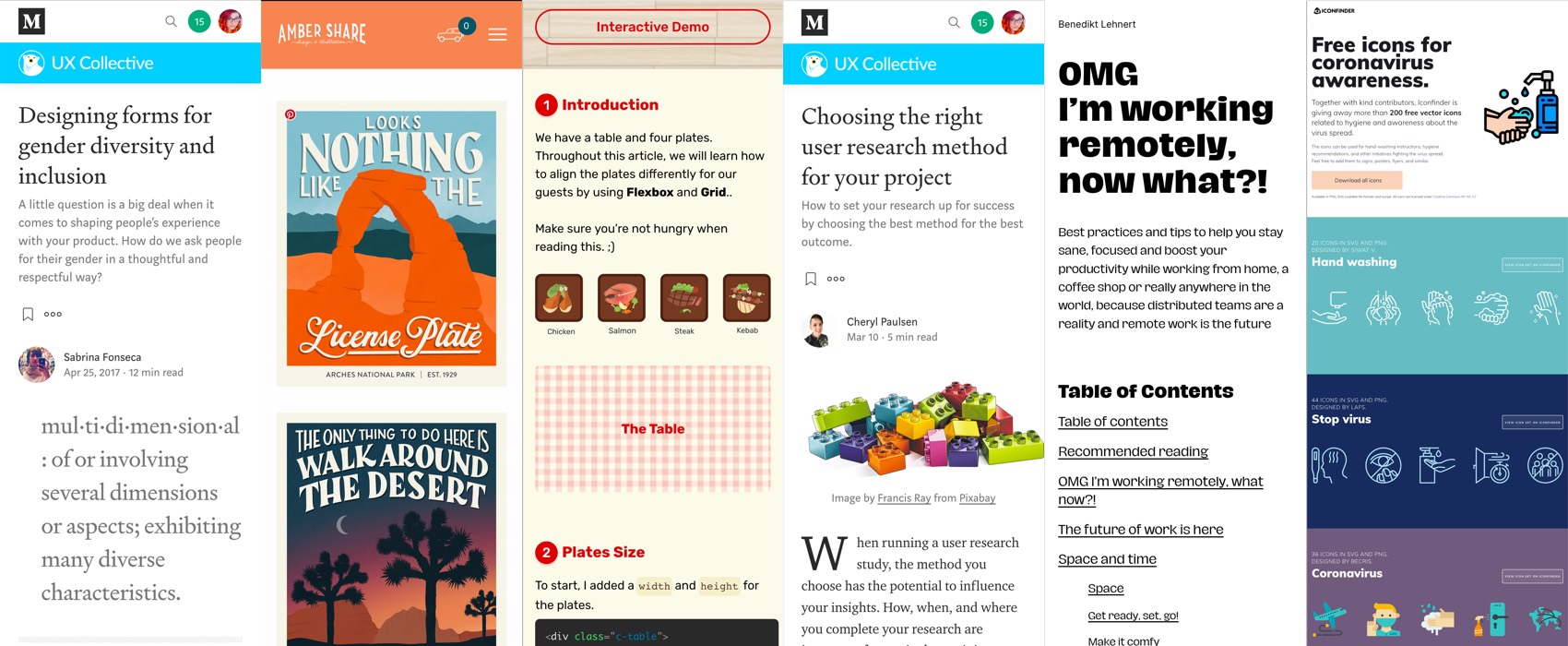
Pixels of the Week – March 15, 2020
Your weekly curated UX, UI Design and Front-End resources and tools: inclusive forms, choosing the right user research method,User Journey Maps, podcasts and videos to learn UX design, prototyping tool, a:visited in CSS, UI guidelines, CSS links on hover, CSS box alignments, resources to help you work remotely, fiverr is still bad an unethical, CSS gradients, cross cultural design, capital letters readability guidelines, etc.
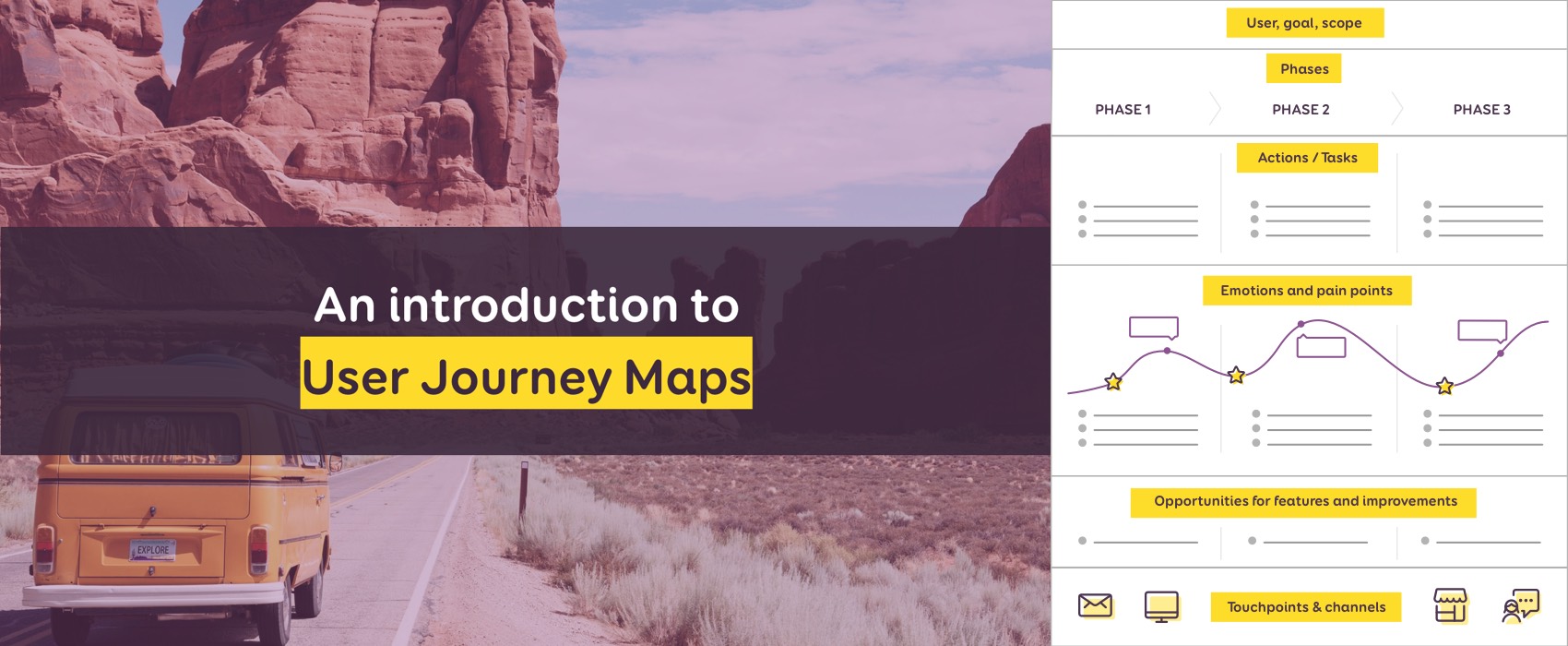
An Introduction to User Journey Map + free User Journey Map Templates
I’ve spent last Saturday mentoring and coaching some startups at a WIDE (women in digital empowerment) event. The whole day was about helping them build a more user centered product and come up with a paper prototype of some of the features so that they can test it later. In this context, I gave them a small introduction to User Journey Maps, a tool that helps designers get a visual representation of the whole experience users have with a product or a service. This article is a transcript of this introduction. I will guide you step by step on how to build a user journey map for your product or service. At the end of the article you will find the slides but also two templates to help your build user journey maps for your own projects.
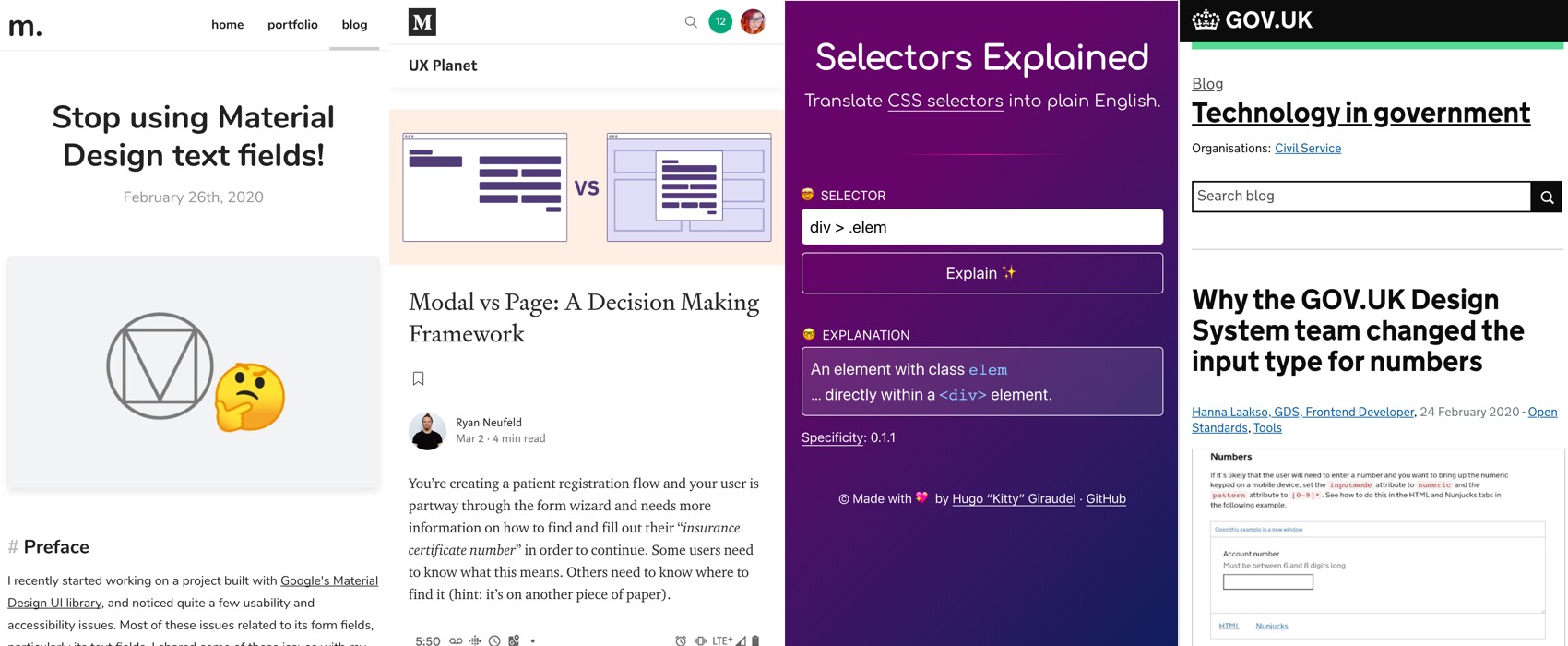
Pixels of the Week – March 8, 2020
Your weekly curated UX, UI Design and Front-End resources and tools: stop using material design text fields, CSS fixed header and slide out tutorials, deciding between modal vs page, CSS selectors explanation tool, UX workshop activities, more ethical design patterns, 5 visual design principles, testing other people’s sites, designing for edge cases, etc.
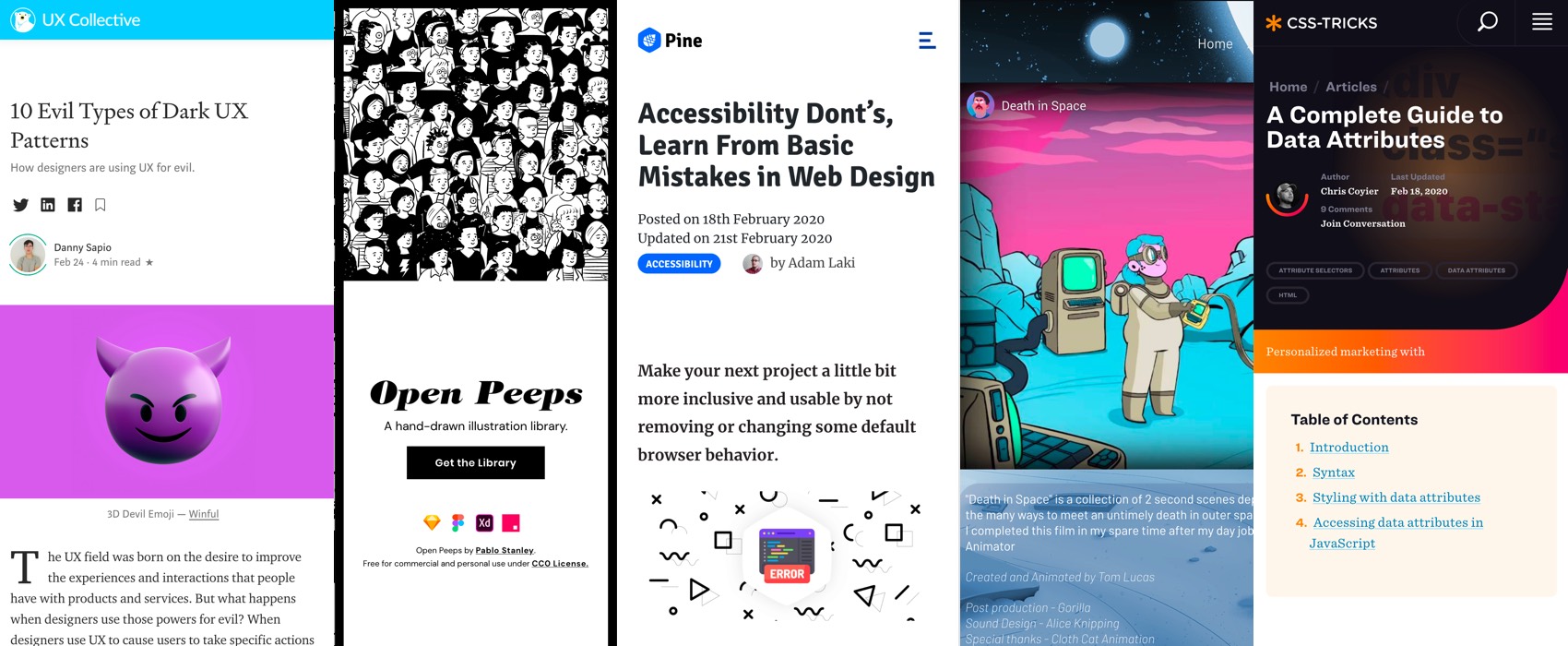
Pixels of the Week – March 1, 2020
Your weekly curated UX, UI Design and Front-End resources and tools: 10 UX deceptive patterns illustrated, dataviz and maps, mobile UX with one hand, HTML data attributes, product prioritization matrices, drag and drop usability, qualitative user research guide, mental models, accessibility color contrast ratio explained, accessibility dont’s design tasks in the hiring process, CSS stats, free people illustrations, styling buttons in CSS, is consistency killing creativity, etc.
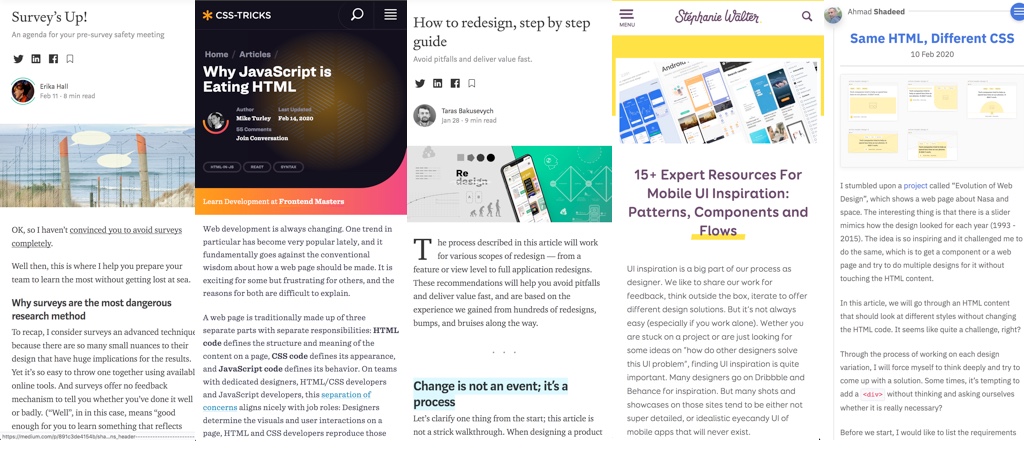
Pixels of the Week – February 23, 2020
Your weekly curated UX, UI Design and Front-End resources and tools: mobile UI inspiration, measuring aesthetics as UX metrics, CSS positioning, a critique of design thinking, responsive typography systems, UX workshops vs meetings, design process, a “same HTML different CSS” experiment, why JS is eating HTML, CSS & hover on touchscreens, styling buttons, links, inputs, etc.
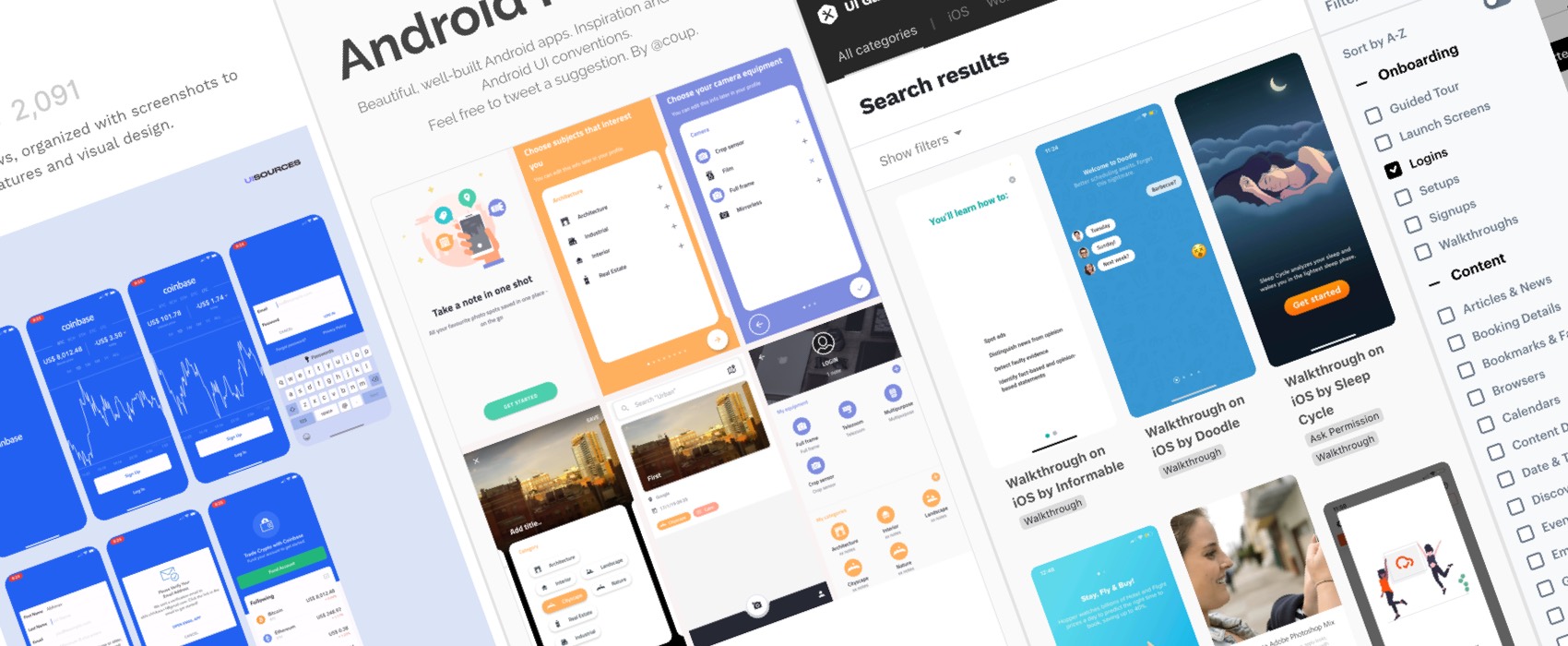
15+ Expert Resources For Mobile UI Inspiration: Patterns, Components and Flows
UI inspiration is a big part of our process as designer. We like to share our work for feedback, think outside the box, iterate to offer different design solutions. But it’s not always easy (especially if you work alone). Whether you are stuck on a project or are just looking for some ideas on “how do other designers solve this UI problem”, finding UI inspiration is quite important. If you are looking for some “real” mobile app inspiration, there’s quite a few resources that specialise in mobile UI patterns, mobile components, and mobile flows. Here is a selection of sites I use a lot when I design native Android and iOS apps with my honest review about what I like and don’t on those sites.
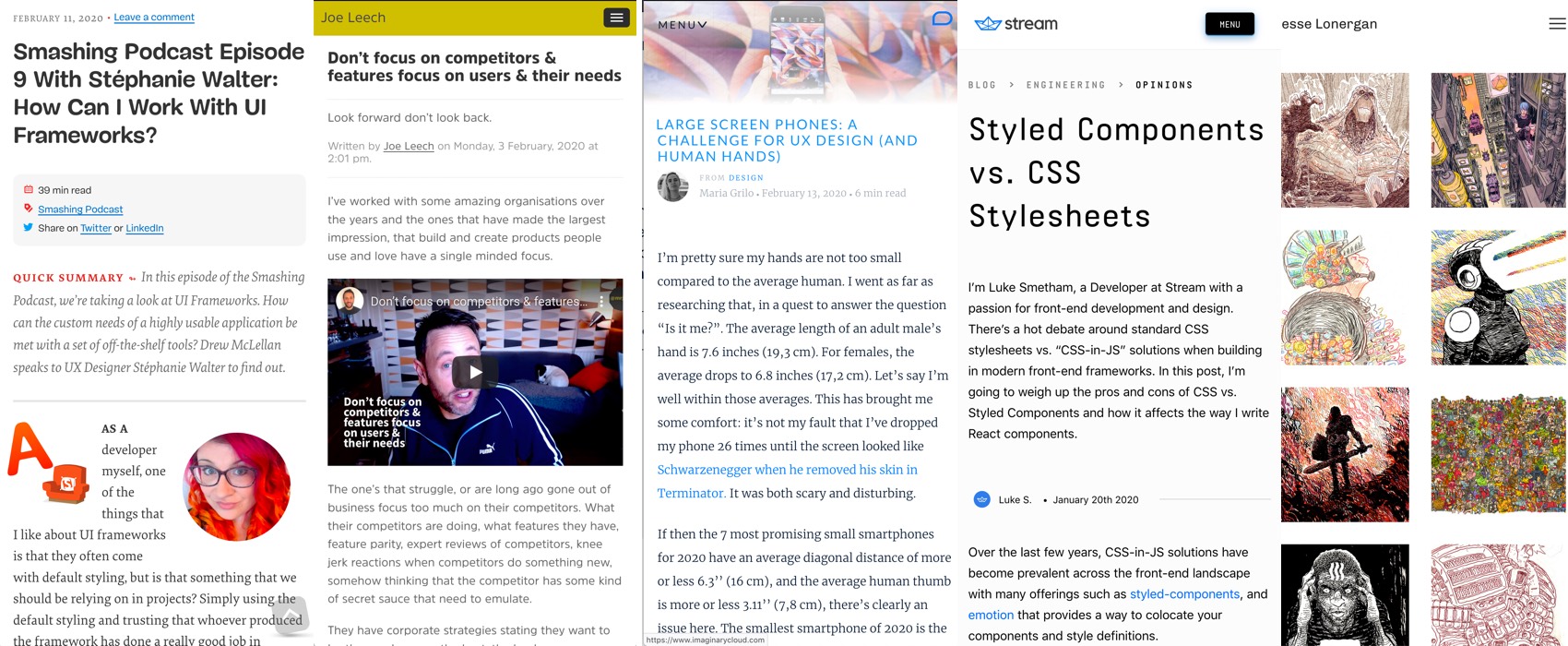
Pixels of the Week – February 16, 2020
Your weekly curated UX, UI Design and Front-End resources and tools: working with UI frameworks, large phone UX, accessibility and neumorphism, progressive enhancement, focusing on user needs instead of competition, design systems, notifications refusal rate, responsive typography, accessibility dev tips, CSS transition, CSS in React components, etc.
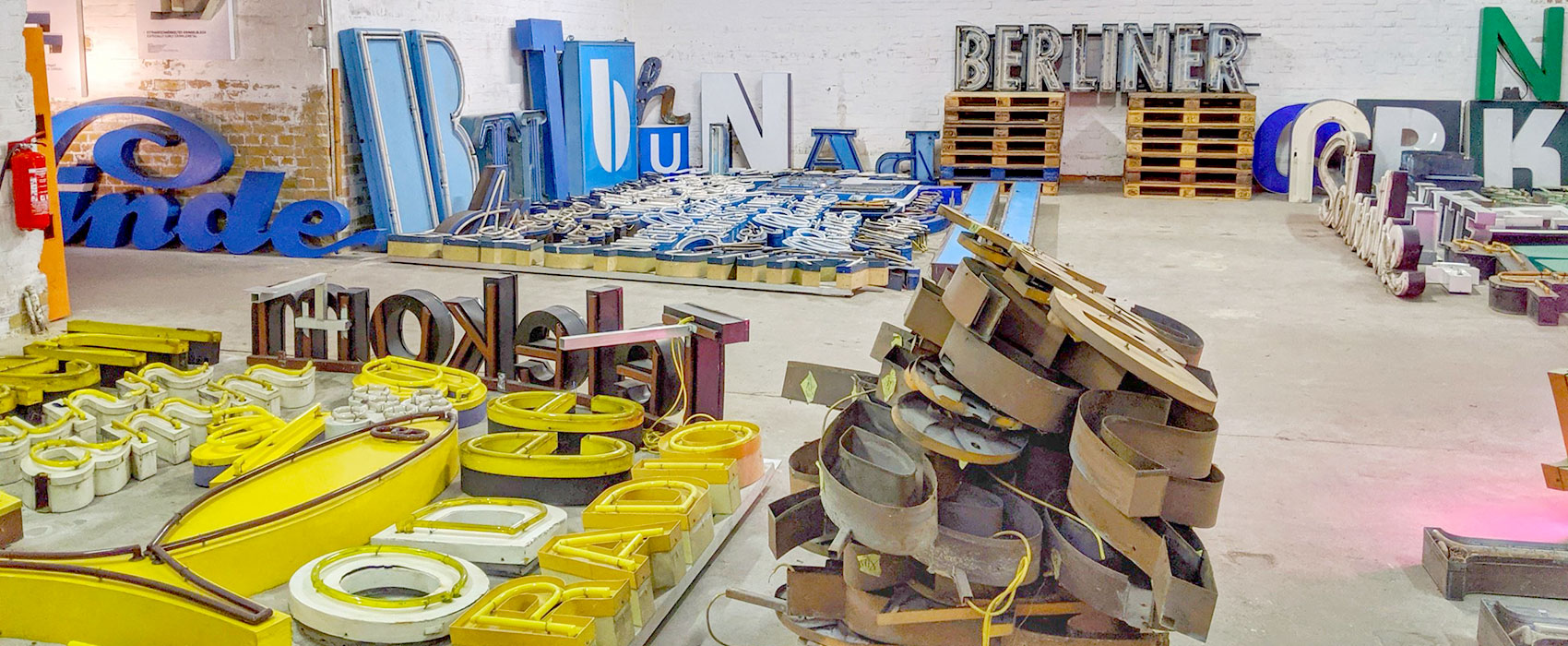
Ask me Anything: What minimum font-size for a high-density data web app do you suggest?
I get quite a few emails with very specific questions about UX and UI design. Most of the time, the question is so specific that it’s hard to reply in just a few lines without understanding the context and users of the project. I can nevertheless give some generic advice in some cases. I decided to share the replies to those questions so that it will help more people. So here we go, I’ve no idea if this is going to become a “thing” on this blog and needs a specific section. For now, let’s try to keep it short and simple.
This first article is about font size and the minimum font-size for high-density data web app and my advice to help you pick the right size.
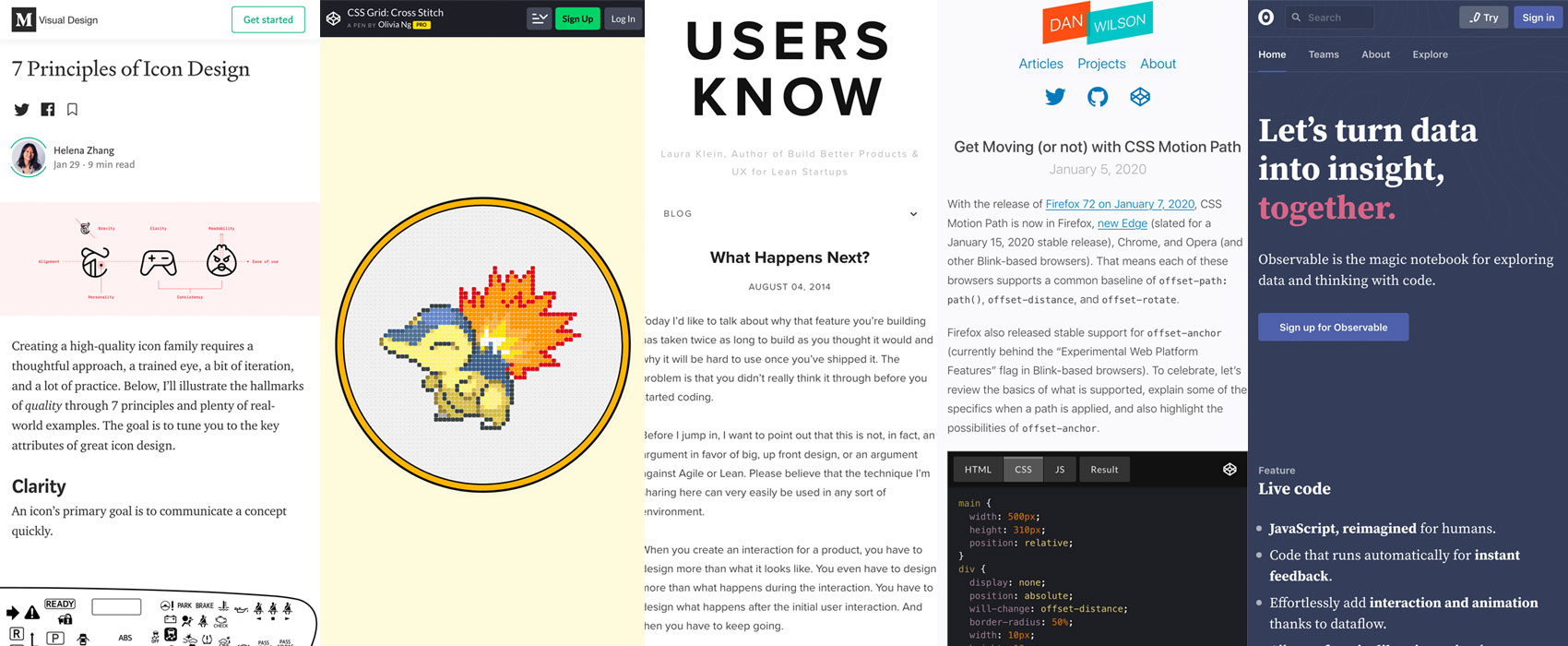
Pixels of the Week – February 9, 2020
Your weekly curated UX, UI Design and Front-End resources and tools: 7 principles of icon design, the Norman doors, design beyond the buttons on the screen, design thinking does not address the complexity of designing a product ready to launch, designing a responsive grid, different opinions about having a “CSS4” marketing flag, Ethical Design book, a few CSS tutorials (line-height, sticky position, etc.), 2 CSS animations tutorials, models of UX Maturity, design system articles, etc.
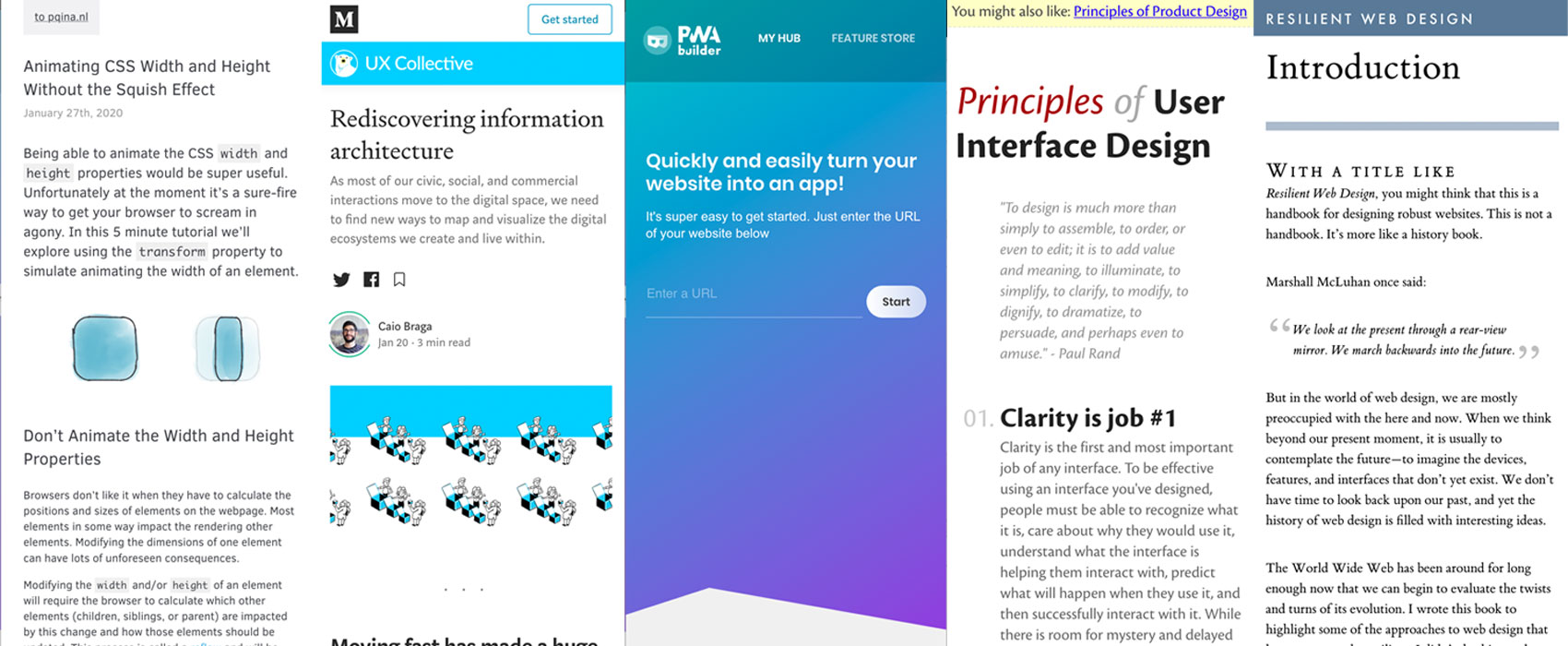
Pixels of the Week – February 2, 2020
Your weekly curated UX, UI Design and Front-End resources and tools: resilient web design ebook, UX of textareas, SVG animations, FontsNinja tool, PWA builder tool, 7 design psychology fundamentals every designer should know, rediscovering information architecture, CSS width animation, 19 principles of User Interface Design, 9 tips to improve your UI, UX Strategies for Multiple Devices and Platforms, a list of 300 CSS properties, a lot of dataviz resources, design systems, CSS Online drop-shadows generator, etc.